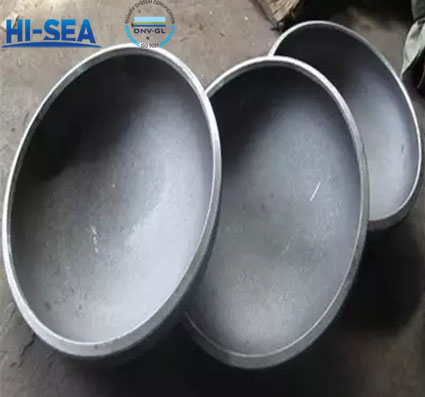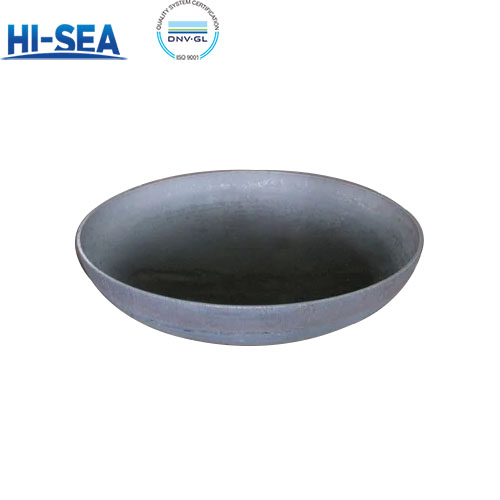
Tank Head
Tank Head refers to the element used to close the end of the vessel to isolate the internal and external medium, also known as end cap. The head of cylindrical vessel is generally a very different shell.
According to the shape of surface of head, it can be divided into convex, conical, flat plate and combined shape. Convex head refers to the head whose outer surface shape is convex, such as hemispherical, elliptical, disk-shaped and unfolded spherical head. Some gas cylinders adopt the combination shaped bottom head with convex surface inward, which can ensure the strength and meet the demand of safe use.
Overview
Function:
The primary function of a tank head is to seal the container. The head is directly connected to the wall of the container, in which the sealing structure ensures that the substance inside the container will not leak to the outside. The head is usually processed into hemispherical or oblate spherical shape, and is encapsulated by cantilever structure or flange connection at the part connected with the wall, so as to form a complete sealing structure.
Another function of head is to improve the strength of vessel. For some large pressure vessels or high-pressure vessels, the head can be processed into multiple arc pieces by adopting complex structural design, and this multiple arc structure can effectively improve the strength and stability of the vessel.
Head can also protect the inner material of container from the influence of external environment. For some special chemical medium or easily corrosive substances, the head can adopt special material or surface treatment to protect the internal substances of the container from its influence, thus increasing the service life of the container.
Head can also reduce the weight of container itself. For some large pressure vessels, the traditional global or long spherical structure will lead to excessive weight of the vessel itself. Adopting parabolic, short spherical or multi-circular arc piece structure of head can reduce the weight of vessel itself by 20%-30% under the condition of guaranteeing the strength of vessel.
Picture:






